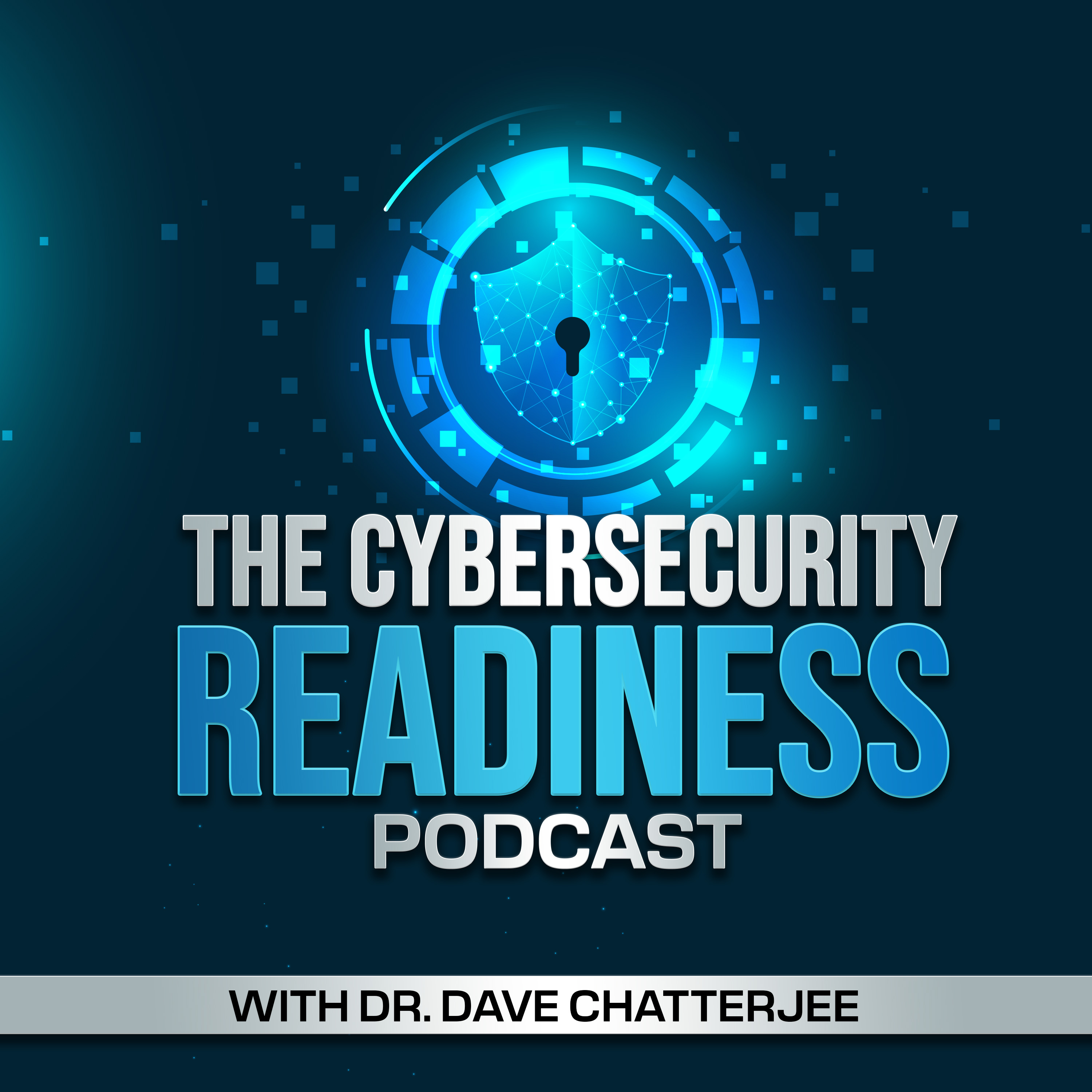Episode 57
Best Practices for Overcoming Troublesome Vulnerability Management Trends
A 2023 State of Vulnerability Management Report finds that only half of the surveyed organizations (51%) have, at best, a moderate level of visibility into vulnerabilities. Several other vulnerability management metrics, such as maturity levels, frequency of vulnerability scans, and patch deployment speed, reveal an alarming and troublesome trend. In this episode, Ashley Leonard, CEO at Syxsense, joins me in reviewing the research report findings and discussing vulnerability management challenges and best practices.
To access and download the entire podcast summary with discussion highlights --
Connect with Host Dr. Dave Chatterjee and Subscribe to the Podcast
Please subscribe to the podcast, so you don't miss any new episodes! And please leave the show a rating if you like what you hear. New episodes release every two weeks.
Connect with Dr. Chatterjee on these platforms:
LinkedIn: https://www.linkedin.com/in/dchatte/
Website: https://dchatte.com/
Cybersecurity Readiness Book: https://www.amazon.com/Cybersecurity-Readiness-Holistic-High-Performance-Approach/dp/1071837338
https://us.sagepub.com/en-us/nam/cybersecurity-readiness/book275712
Latest Publications:
Preventing Security Breaches Must Start at the Top
Latest Webinars:
How can brands rethink data security to maintain customer trust?
Cybersecurity Readiness in the Age of Generative AI and LLM
Insights for 2023, Cybersecurity Readiness with Dr. Dave Chatterjee

